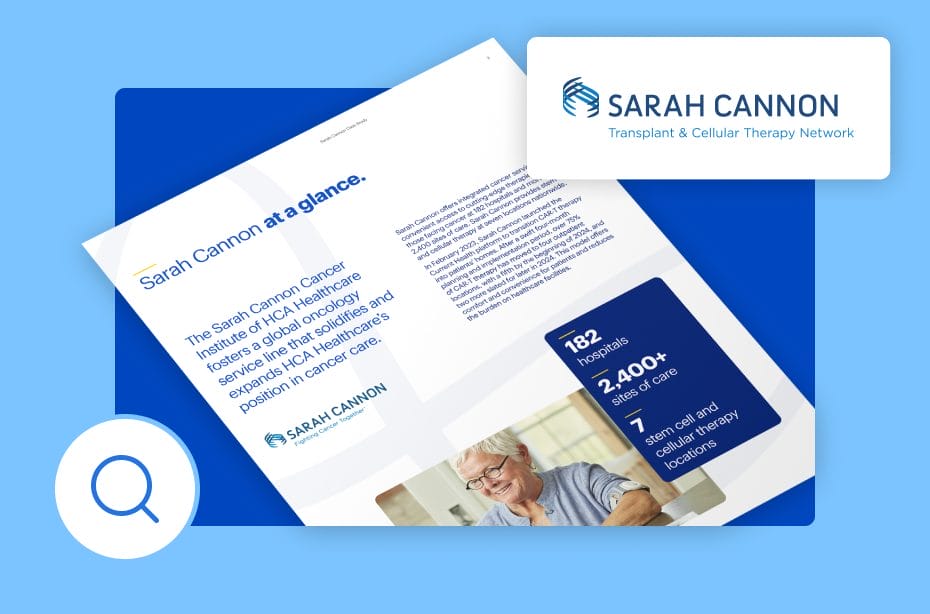How Current Health powers the Hospital at Home experience
Hospital at Home programs can provide superior patient and provider experiences. But delivering on those promises requires a robust and flexible technology stack.
Watch Barbara’s story about Current Health keeping her connected to her care team while she recovered.
What technology is required to power Hospital at Home?
Here is what we’ve found to be important for the Hospital at Home care model:
A flexible approach to monitoring
Unlike some other remote care models, Hospital at Home must be able to accommodate a variety of diagnoses and patient populations. To safely treat all eligible patients, the care team needs to configure monitoring to diagnoses, adding a blood pressure cuff, temperature patch, scale, or other device to monitor the necessary parameters for each patient.
Integrated telehealth and communication tools
Communicating with patients during their Hospital at Home care is critical. Telehealth and messaging functionality should be integrated with the monitoring data to allow for patient accessibility and easy provider workflows.
Simple connectivity, including a smart device when necessary
These programs must prioritize equity and accessibility, which means delivering a connectivity hub and smart device to patients who need them. Relying on in-home WiFi will prevent many patients from accessing the program.
Logistics management
Moving technology into and out of patients’ homes can be a complex undertaking, especially as a program grows. Whether an internal team or an outsourced service, logistics management is a necessary element of any Hospital at Home program.
EHR Integration
Hospital at Home programs can improve provider experiences, and integrating relevant patient data, visit logs, and workflows into the EHR is one of the most important ways to ensure program adoption.
Want to know more about what it takes to build a Hospital at Home program? Download our checklist.


